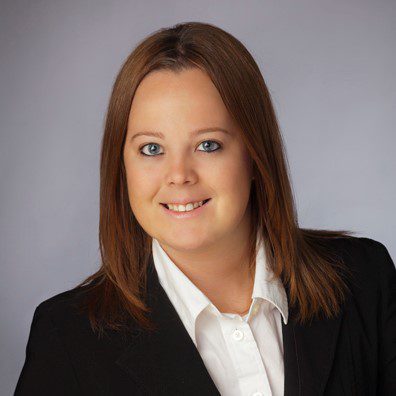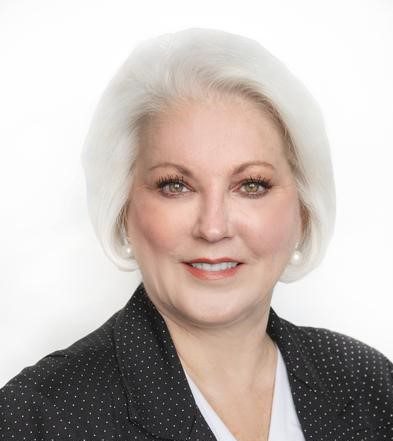When an owner is considering the sale of their veterinary practice to a corporate buyer, they should research that company’s transition process as well as what their practice may look like after closing. Each corporation’s timing and approach to the process is different, and it can be helpful for owners and their staff to have some predictability. So, here are potential pathways of the proceedings.
When Does the Buyer Begin the Transition?
Before Closing
Some corporate buyers will assign the practice a contact person (or team of people) as soon as the letter of intent (“LOI”) is signed to assist the owner(s) through the due diligence process and answer questions along the way. Areas typically addressed include: 1) gathering of employee and employee benefits information; 2) assessment of the practice software and computer systems; 3) gathering and assessment of the practice vendors and accounts; and 4) review of financials. There may be weekly due diligence meetings to update the owner on the status of the pending sale transaction and what reports are still needed (i.e., monthly financial reports, vendor contracts, insurance policies, or licenses). These meetings are helpful because they assist the owner with prioritizing their to-do list.
Corporate buyers that work in this way tend to be better prepared to take over ownership of the practice on the day of closing. Often, they have already traveled to the facility and had a meet-n-greet with the staff and started forming relationships with the team. The downside to this approach is that the owner is giving the buyer plenty of access to the practice and, sometimes, even allowing them to be privy to extremely sensitive information such as logins and passwords. This situation places the owners in a vulnerable position relative to their negotiating power. Buyers know that the owner has less leverage, and this can significantly weaken the negotiation power the seller has with respect to the contract. Plus, the further along the owner is in the transition prior to closing, the less likely they are to back out and the more likely they are to accept unfavorable terms in the contracts. Another risk for the owner is if the buyer decides not to purchase the practice after the owner has already divulged sensitive information. If the buyer has competing practices in the geographic area, the buyer could be the seller’s competitor and use their own information against them.
After Closing
Some corporate buyers begin their transition after the practice has sold. They prefer to leave everything “as is” and ask the owner not to change anything until after closing. This obviously places less risk on the owner.
The downside is that these post-closing transitions are often less organized and more disruptive to the practice because of the unpredictability in the process. This type of buyer may not assign a transition person or meet the staff until days or weeks after closing, which can leave the owner with unanswered questions and anxiety about the unknown. The benefit of this scenario is that the owner has not allowed the buyer into their practice prior to closing and nothing has changed, so it would be much easier to walk away if they do not like the buyer’s terms of the sale and the parties cannot come to an agreement. This greatly increases the owner’s leverage during the negotiations. Keep in mind that, sometimes, buyers change the terms shortly before closing, leaving the owner in a precarious position if the transition has already begun.
For the buyers that wait, they may be unable to get employee benefits set up in time for closing, or even payroll, which creates the need for the owner to keep the employees on the practice’s existing plans for the first few weeks (or even months). A minority of buyers continue to use the practice’s bank account to collect money and pay bills, such as payroll, until their new accounts are opened. There can be risks for the owner associated with maintaining those benefit plans when they are no longer the employer. It can also create messy paperwork, and the two parties would need to determine who is responsible for expenses such as the payroll taxes and the retirement plan contributions. For the buyers that do not have their vendors set up by closing, they will typically continue to place orders on the current practice accounts and then settle up with the owners during a post-closing reconciliation period.
What Often Changes with Corporate Buyers
Employee Compensation and Benefits
Payroll: One inevitable change involves the employees. They will be terminated by the seller and rehired by the buyer on the closing date. This typically means a change in the legal entity and EIN issuing the paycheck as well as a change in employee benefits.
Health Insurance: Regarding the health insurance transition, it is important to verify the following with the buyer: 1) when the staff will be eligible under the buyer’s insurance plan (and if there is a waiting period) and 2) how long the practice’s current plan will cover them after the closing (and their termination by the seller). The goal is to prevent a gap in the staff’s healthcare coverage. Because the owner’s business entity will no longer be an employer of anyone after the closing, this usually means that COBRA is not an option. The current health insurance plan may: 1) terminate on the closing date; 2) terminate at the end of the closing month; or 3) continue a month (or more) after closing. In rare circumstances, the buyer may be willing to assume the seller’s health insurance plan, and nothing changes for the employees.
Compensation: How veterinarians are compensated after closing is rarely exactly the same as it was by the seller. This is especially the case if production pay is involved. What gets included or excluded and the percentage used are all subject to change, and how this is addressed is a classic example of the “devil is in the details” situation. Owners should be diligent in understanding how their compensation methodology compares with the buyer’s. Of all the changes, how associates will be compensated is the most likely to cause associates to leave. Also, practice-specific bonus plans are not generally transferred because corporate buyers like to have uniform compensation and bonus plans and can’t adopt every unique bonus plan offered by the practices they purchase. No surprise: they are trying to maintain consistency in their portfolio of practices.
For the non-veterinarian employees, the buyers typically do their best to keep the staff “whole” by offering a compensation package (hourly rate/salary and benefits) that is equal or better to what they had working for the seller. This does not mean that all aspects of their benefits will remain the same. For example, pet care and retirement plans are often less generous with the corporate buyers. Since the health insurance benefit is often different, if the selling practice paid a higher premium than what is offered by the corporate buyer, then the staff’s pay will often be increased to compensate for a greater employee contribution to the cost of the premium. This would keep the employees’ net take-home pay comparable.
Paid Time Off (PTO): The transition of the staff’s PTO can be tricky. Often, there will be employees with accrued vacation time that they have not yet used as of the closing date. For owners who have allowed their staff to roll over unused PTO from one year to the next, these sums can be significant. There are two components to PTO to consider: 1) the cash value (time multiplied by employee’s hourly rate) and 2) the ability to take the time off from work. The concern at closing is how to ensure the seller’s employees get both their pay and time for PTO they have earned but not used before closing.
Since the PTO was earned while working for the selling practice, it is the seller that is responsible for paying out the cash value of the PTO to each employee at closing. An alternative is for the seller to pay the buyer the cash value as a credit to the purchase price. However, that does not address the second issue: of the employee wanting to actually take the time off. Paying them out is not enough. Employees want to be paid and have the ability to take the time off.
All the corporate buyers we have dealt with have agreed to honor any unpaid time after closing. This means that, if an employee already has a vacation scheduled the week after closing and they have not yet accrued a material amount of PTO under the buyer’s policies, that employee would be able to take the vacation time unpaid. Their PTO with the buyer would not be affected (or become negative) since they are using the PTO time they earned while working for the seller. Because it would be detrimental to a buyer if a high-ranking employee with 120 hours of unused PTO decided to take a three-week vacation during the transition period after closing, most buyers put a cap on the amount rolled over (i.e., up to forty hours per employee).
Employees may find a few changes with their PTO under the corporate buyer. While some owners have been giving their employees a lump sum of vacation time at the beginning of the year, most corporates structure their PTO as being accrued at a percentage of each hour worked. Also, the corporate buyer may not allow PTO to be rolled over to the following year as the former owner may have done in the past. The available amount of PTO also may be significantly lower, especially for long-time employees.
Note that, although transition issues for employers and employees may be one of the most significant changes when there is a corporate buyout, they’re not the only ones. In part two of this article, we’ll discuss how transitions can affect vendors and much more.









